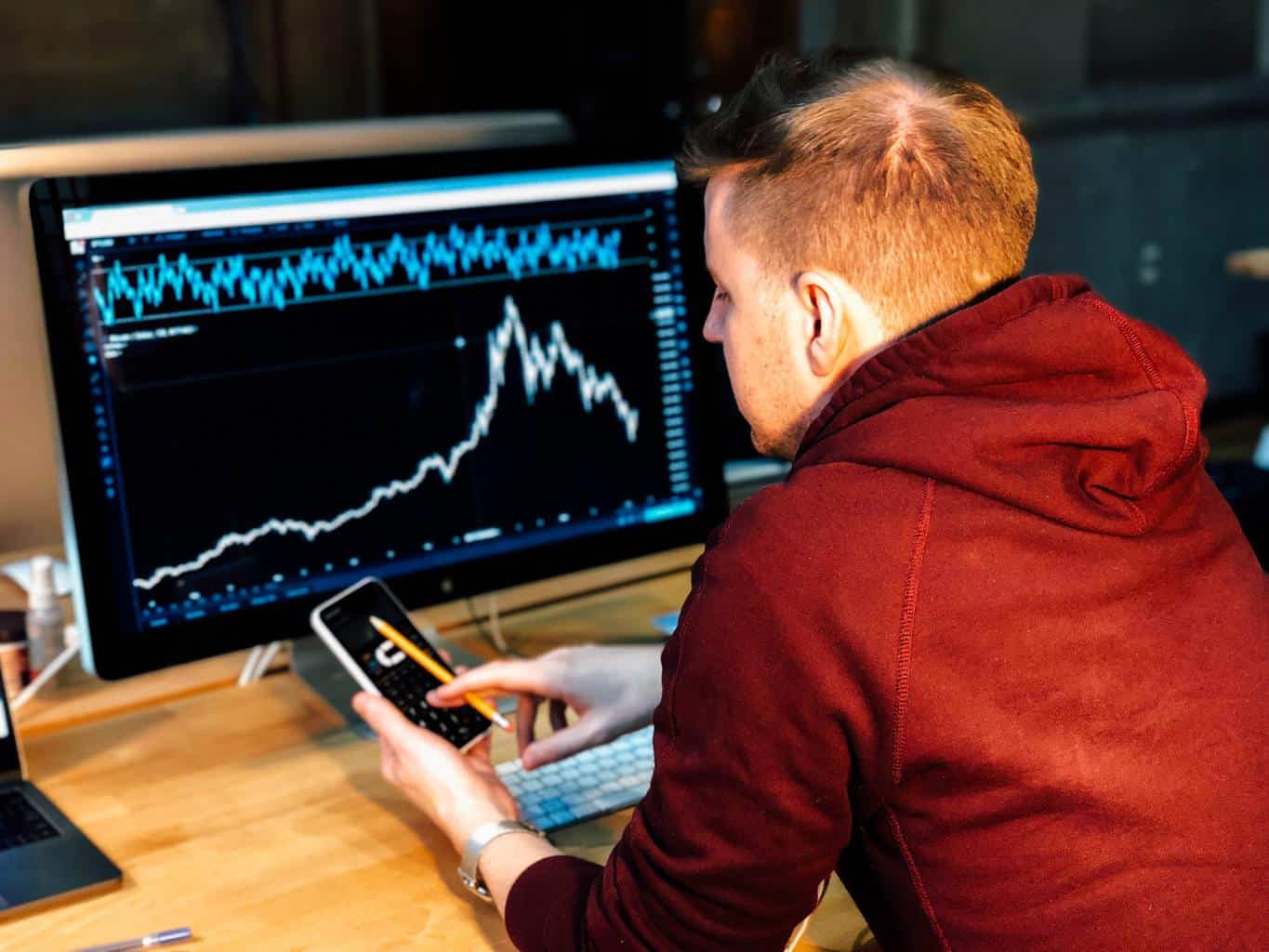Blockchain platforms are changing processes across industries. At the same time, they are creating investment opportunities for everyday investors.
Today, let’s dive into one of the platforms that are quickly gaining more traction. VeChain is a young platform, but it offers a good case study. Let’s look into:
- What VeChain is
- The platform’s history
- How you can buy and store VeChain’s token (VET)
What is VeChain (VET)?
VeChain is both a cryptocurrency and a smart contract platform. The platform offers a wide range of niche services related to supply chain management. These services enhance supply chain management and other business processes through the application of distributed ledger technology.
The VeChain token (VET) is the first token offered by VeChain, and presumably the coin that led you to this article. VET is traded as a regular cryptocurrency and used to transfer value in VeChain’s network.
VeChain has a second token called VeChainThor Energy (VTHO), which shouldn’t be confused with VET. VTHO functions as gas within the VeChain ecosystem and is used for smart contract transactions.
With this and the many individual applications offered, VeChain serves as a full-fledged enterprise blockchain platform.
VeChain Uses
VeChain’s stated goal is to have a trust-free, distributed ecosystem that enables:
- Transparent but safe information flow
- More efficient collaboration among different members of supply chains
- High-value transfers conducted at high speeds
In VeChain’s own words, as expressed in their white paper, the vision is one of “lowering the barrier and enabling established business with blockchain technology to create value and solve real-world economic problems […].”
Traditional supply chain data management involves siloed data divided among stakeholders. What VeChain offers as an alternative is a blockchain-powered solution for this “asymmetric” ownership of data. They provide a better-compartmentalized view of the information linked to the supply chain or other processes. The solution includes the supply, transportation, and storage of the information, submitted on a transparent blockchain.
The platform has 3 primary arms by which it offers its services.
- Thor, the public blockchain
- Connex, a standard interface connecting VeChain applications with the Thor blockchain and users
- Sync2, the VeChain browser, desktop, or mobile wallet (your choice)
The History of VeChain
VeChain was first founded in 2015 by Sunny Lu, former CIO of Louis Vuitton China. The company started as a subsidiary of Bitse, one of the leaders of the Chinese blockchain industry. At the time, Bitse was one of the only blockchains to have an established base.
The first VET token was launched on the Ethereum blockchain. However, VeChain started to drift into its own direction shortly after. So, in 2018, VeChain shifted to its own blockchain (VeChainThor) and went through a thorough rebranding.
Following the 2018 rebranding and repositioning, the initial goal was to use blockchain technology to disrupt real-world industries. They set out to make data more actionable, with the simultaneous effect of adding blockchain transparency. The first target was supply chains, though the company also became active in:
- Decentralized Apps
- ICOs
- Internet of Things (IoT)
Since 2018, VeChain has established relations with several companies. These relationships serve to help VeChain apply its solutions and achieve its mission, laid out in the company white paper.
There have been several partnerships since, the most significant perhaps being the partnership between VeChain, Renault, Microsoft, and Viseo to develop a new car maintenance book that is transparent and incorruptible. The goal is notable, fighting against corruption in car maintenance, where fabricated or omitted information has significant negative impacts on end buyers.
VeChain’s blockchain platform is being applied in several new ways in terms of crypto. Transactions on their dApps use VET. The token is, of course, available to the general public, so anyone can start investing.
Where Can You Buy, Sell, and Manage Your VET?
Buying, storing, and eventually selling VET requires three steps:
- Purchasing the token from an exchange
- Storing your VET in an applicable crypto wallet
- Going back on an exchange when you wish to sell
Crypto wallets are digital wallets used to store and manage your crypto assets. They often include features that make decisions regarding trading more informed and easier.
If you do not have a wallet that can be used to store VET, the first order of business is to choose one.
Desktop Application
Desktop applications and desktop wallets are hot wallets, meaning they’re connected to the internet. They thus have some security vulnerabilities, but they are convenient if you want to manage your portfolio from a laptop or desktop computer.
Mobile Wallet App
If you want to manage your crypto activities on the go on your smartphone, mobile wallet apps are the storage option for you. These apps are functionally the same as desktop apps, but they were designed for mobile use. There are many mobile apps for crypto storage and trading.
Hardware Wallet
Hardware wallets are the main cold storage option. “Cold” storage means that the private keys of your wallet aren’t stored online.
Hardware wallets like Trezor come at a relatively high cost. However, many people prefer the safety they offer and find them to be a reasonably convenient option.






